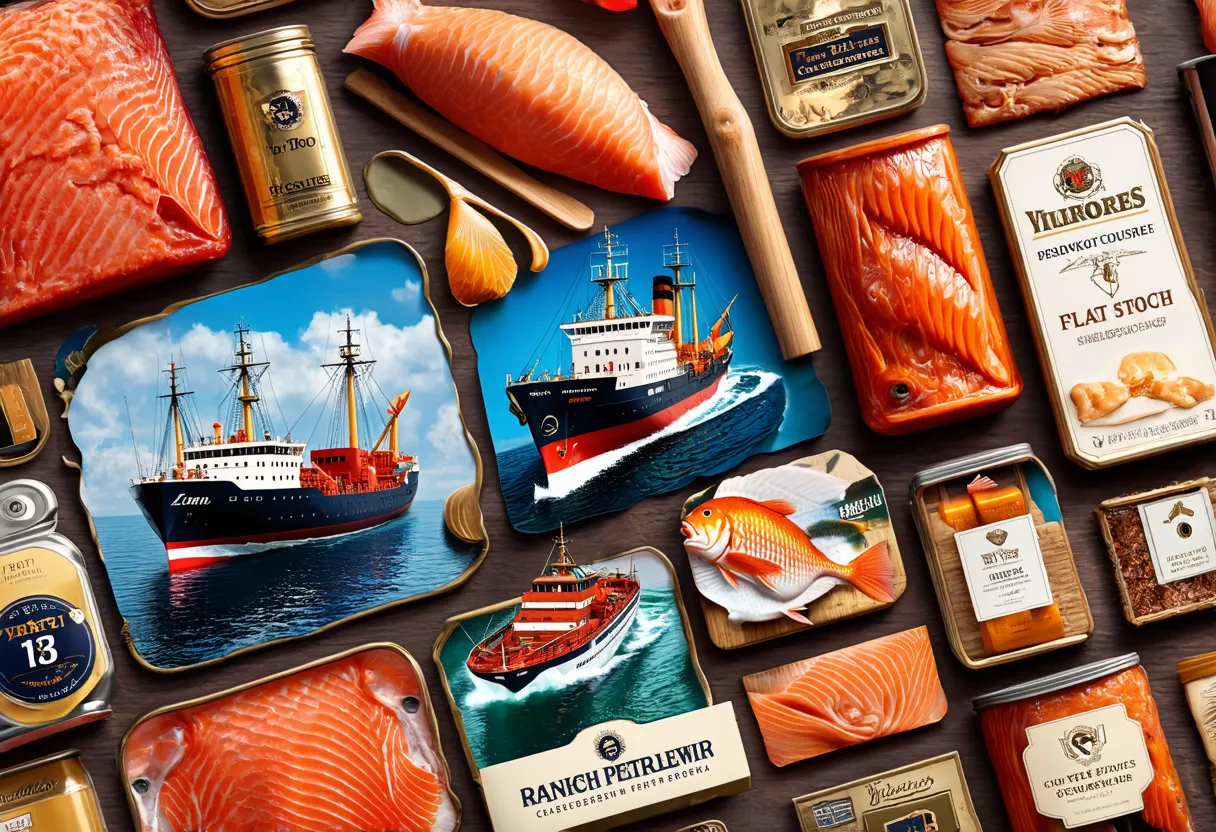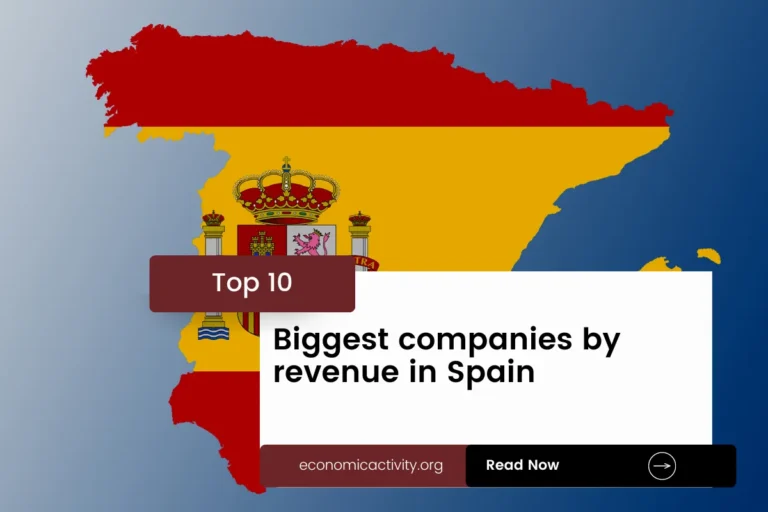Marshall Islands, with a population of 41,569, is ranked 182nd in the world, just behind Turks and Caicos Islands. Located in the Pacific Ocean, it covers a total area of 180 square kilometers, ranking 182nd globally, just below the Cayman Islands.
In 2022, the Marshall Islands’ economy stood at a GDP of $258,774,475.09, ranking 184th globally. It falls behind Tonga, with a GDP of $488,000,000. The country’s GDP per capita is $6,225.18, placing it at the 101st position.
It lags behind the Syrian Arab Republic, with a GDP per capita of $6,373. Despite its relatively lower economic standing, the Marshall Islands continues to navigate its economic landscape with resilience and determination.
What are the economic activities of Marshall Islands?
- Primary activities: 4.4% of GDP.
- Secondary activities: 9.9% of GDP.
- Tertiary activities: 85.7% of GDP.

Primary Sector of Marshall Islands
The primary sector in the Marshall Islands primarily revolves around agricultural activities due to its favorable climate and abundant natural resources. With 38.89% of the country’s land dedicated to agriculture, the main agricultural products include coconuts, breadfruit, pandanus, taro, and bananas.
Despite contributing only 4.4% to the GDP, agriculture plays a vital role in the country’s economy by providing a variety of crops and animal products essential for sustenance and trade. The diverse range of agricultural products highlights the significance of the sector in ensuring food security and promoting local livelihoods.
The country’s geological diversity, with a vast expanse of ocean and numerous atolls, impacts the availability of resources. Its primary sector thrives on natural resources such as coconut products, marine products, and deep seabed minerals. These resources play a significant role in the country’s economy, providing employment opportunities and contributing to export revenue.
Secondary Sector of Marshall Islands
What is the secondary sector or what are secondary activities?
The secondary sector involves industries that transform raw materials into finished products for consumption. In the Marshall Islands, main industrial products include copra, tuna processing, and craft items made from seashells, wood, and pearls. These products are manufactured for domestic consumption and export, contributing to the country’s economy.
In 2023, Marshall Islands’ manufactures exports accounted for a small percentage of the total exports, indicating their limited significance in driving the country’s economy.
Tertiary sector of Marshall Islands
What is the tertiary sector or what are tertiary activities?
The tertiary sector in the Marshall Islands encompasses a range of services where individuals provide knowledge and time to enhance productivity and meet needs. This sector includes intangible goods like advice, expertise, and attention, catering to both consumer and business-to-business needs. Key tertiary activities in the Marshall Islands are healthcare and medical care, education and training, banking and finance, communication and information exchange, tourism and hospitality, and transportation and logistics. These services play a crucial role in the country’s economic development and overall well-being.
Specifically, The Marshall Islands’ tourism industry holds little significance for its economy. With only 6,100 annual arrivals, a mere 0.11 tourists per capita, the impact on employment and revenue generation is minimal. The nation’s economic reliance lies primarily in other sectors, such as agriculture, fishing, and international aid.
Another example of tertiary economic activity is the mobile cellular sector, which, with around 16,000 subscriptions, fosters technological growth. This connectivity enhances communication, enabling innovation and supporting various industries.
Biggest company in Marshall Islands
Which is the biggest company in the Marshall Islands? The largest is América Móvil, with a market value of approximately $67.84 billion. It operates in the telecommunications industry, which is part of the tertiary economic sector. América Móvil was founded in 2000.
International Trade of Marshall Islands
Import Activities of Marshall Islands

The import activities of the Marshall Islands are of high importance, with imports accounting for 73.67% of its GDP in 2023.
The Marshall Islands primarily import ships, refined petroleum, additive manufacturing machines, centrifuges, and iron structures. Their key import partners are China (33%), South Korea (31%), Japan (12%), Taiwan (4%), and Brazil (4%). These imports are crucial for the country’s infrastructure and industrial development.
Exports Activities of Marshall Islands

Marshall Islands heavily relies on exports, accounting for 46.27% of its GDP in 2023. This high percentage underscores the critical importance of export activities in driving the country’s economic growth and stability.
Marshall Islands primarily exports ships, refined petroleum, fish, coated flat-rolled iron, and wood carpentry. Its key export partners are Germany (30%), Denmark (15%), UK (14%), Malta (6%), and Indonesia (5%). These partnerships drive the country’s export activities, contributing to its economic growth and trade diversification.
Marshall Islands economy challenges in 2024
In 2024, the Marshall Islands faces challenges with its reliance on US aid, a large public sector, and being import-dependent. The economy, based on coconut oil production and fishing rights sales, struggles with sustainability and growth. The country aims to diversify its economy and reduce dependency on external support for long-term stability.




Leave a Reply